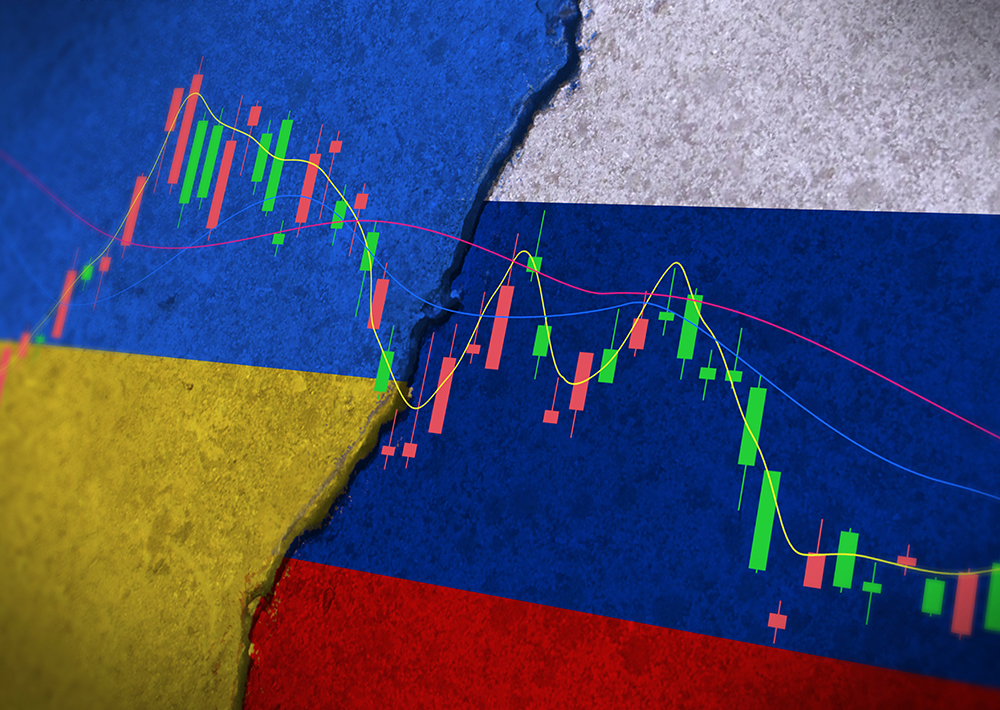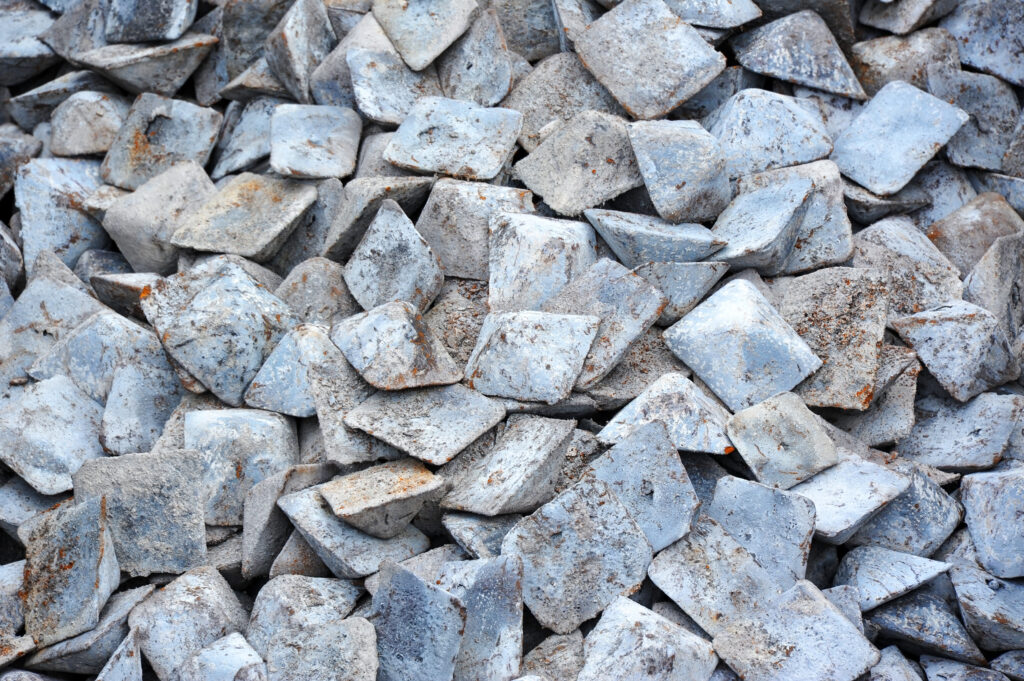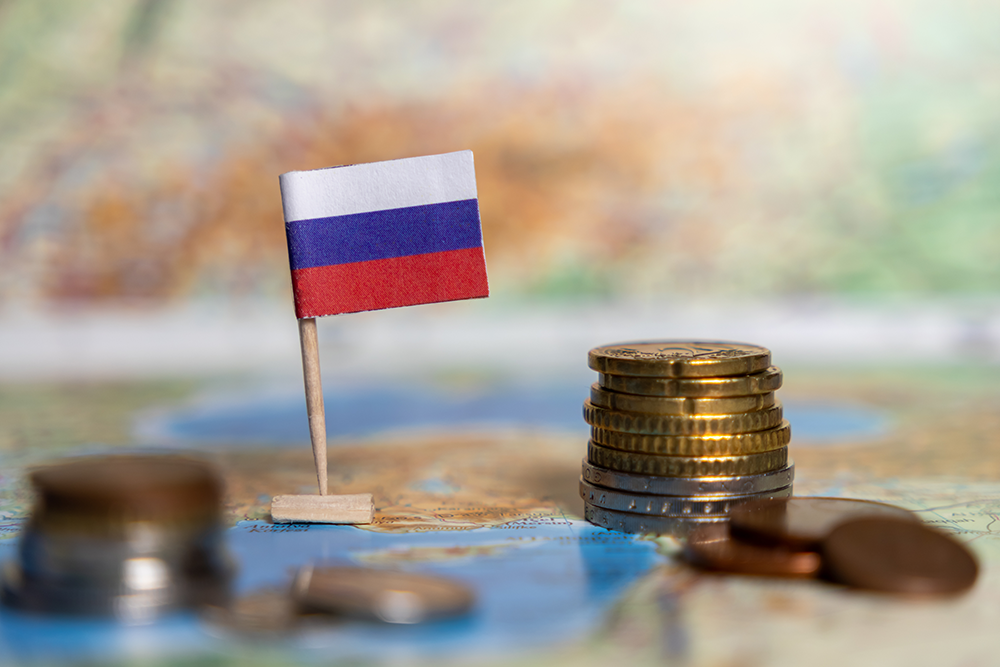Why Are Russian Pig Iron Imports to Europe Skyrocketing?

Over three years into its invasion of Ukraine, and despite the subsequent sanctions, Russian producers continue to generate significant revenues from exports. This is especially true of metals and minerals, including pig iron and semi-finished steel products, which Russia continues to supply to the European Union.
Russian Pig Iron Imports Surged in January
In 2024, for example, Russian exports exceeded €2.5 billion (approximately US $2.75 billion). However, according to recent figures, imports of pig iron by the EU from Russia shot up to 474,540 tons in January 2025. This marks a substantial rise from the 36,300 tons seen in January 2024 and the mere 600 tons shipped in December 2024.

Italy topped the list of importers, bringing in 347,730 tons of the total. Aside from the increase in pig iron, the EU’s total metals and mineral imports from Russia increased to 809,150 tons that month. This represents a roughly 90% rise as compared to January 2024 and almost three times more than December 2024.
One report stated that from January to February of this year, pig iron, semi-finished steel products and direct reduced iron were on top of the list of EU imports from Russia. Altogether, the EU bought 1.35 million tons of metallurgical raw materials of Russian origin, a 71% year-on-year increase.
Need clarity on where metal prices are heading and how it impacts your bottom line? MetalMiner’s Monthly Metals Index Report provides detailed price trends for 10 metal sectors, including copper, stainless steel, aluminum and nickel.
Are Sanctions Not Working?
Some experts have now started to raise doubts over the efficacy of the current sanctions, including the existence of “exceptions” that permit steelmakers in Russia to continue to export to EU markets. However, other analysts attribute the surge in pig iron orders to the impending export ban. That restriction is set to come into force starting January 1, 2026, unless there are some changes in the EU’s stance in the interim.
Pig iron exports from Russia are not under a ban for now. Instead, they remain under what are known as quota restrictions. The high amount of imports in January 2025 has actually used up about 68% of the annual export quota, which reports indicate could mean the remaining will be used up in the coming two months.
Russia Continues to Find Ways to Profit
Analysts and metal markets experts continue to theorize that there hasn’t been much of an impact on Russia’s trade relations with the world following the imposition of sanctions. Instead, they argue that only the equations have changed. One report, citing a study by the Observatory of Economic Complexity, points to the export of energy products like crude oil and gas. It states that in 2021, almost 50% of Russia’s exports went to Europe, including countries like Ukraine.

Less than two years after the war began in 2022, the scenario had changed. The EU’s contribution to Russian exports of these products was down to 15% from the earlier 50%. Arch rivals China and India had now become Moscow’s two biggest buyers, accounting for 32.7% and 16.8%, respectively. In 2021, China accounted for 14.6% of Russian exports, whereas India accounted for just 1.56%. This data shows that the EU market was partially replaced by Asian countries.
Metinvest Commercial Directors Weighs in on Trade, Russia and Ukraine
Meanwhile, Dmitry Nikolaenko, Commercial Director of the international mining and metals group Metinvest, revealed that metal products from Russia were being dumped at cheaper prices in the European markets. He went on to state that this was completely detrimental to Ukrainian exporters and European manufacturers and needed to be corrected.

He also noted that European markets were operating under a quota system for importing Russian semi-finished products such as billets, slabs and pig iron. This quota was not only gradually being reduced, but was also expected to be eliminated entirely. As a result, Russia was selling these materials at lower prices, creating market distortions. The issue had been raised at various levels and was supported by Ukrainian government officials. Despite these challenges, Ukrainian companies were forced to compete in the affected markets.
The EU continues to put pressure on Russia where trade is concerned. So far, it has imposed 16 packages of sanctions, the most recent being implemented in February 2025, on the third anniversary of the war. That particular sanction included a ban on aluminum imports from Russia.
Seeing your volume discounts fall flat? MetalMiner helps you leverage your volumes to get real savings. View our full metals catalog.
